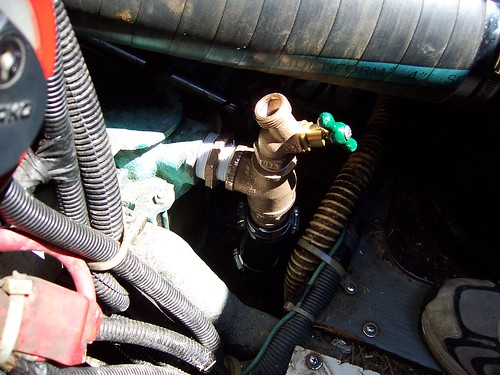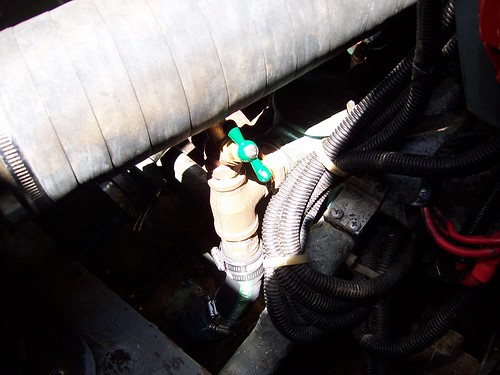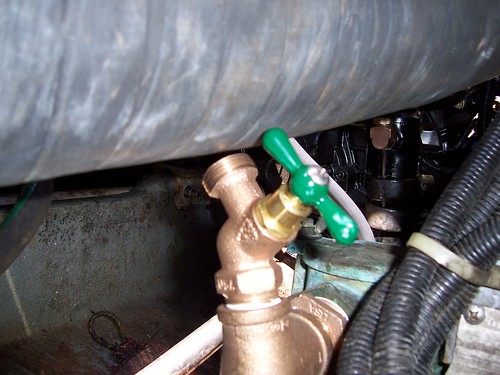Alex F
Well-Known Member
- Nov 14, 2006
- 9,166
- Boat Info
- 2005 420DB with AB 11 DLX Tender, Raymarine Electronics (2x12" MFDs) with Vesper AIS
- Engines
- Cummins 450Cs, 9KW Onan Generator, 40HP Yamaha for tender.
John,
I finished the basic installation and was testing today. I ran each engine at the time and within a min or two after turning on the fresh water I could taste that water from exhaust of the flushing engine is much fresher. My best guess is about 80-85% fresh over salt. I wander how you perform your process? My steps were:
1. An engine started then I turn on the fresh water valve for one engine.
2. I run the engine with fresh water flow for 2-3min. Then, I shut off the engine and then shut off water for the engine.
3. Repeat for the other engine.
My installation is different from yours since I didn’t run the hoses all the way to the sea strainers. My engines are equipped with flushing kits with quick connect. So, I ran the hoses and connected them with the other part of the special (with check valve) quick connect fitting.
I also wanted to talk about genny. Mine is Kohler 5K and it’s fresh water cooled. Does it really need to be flushed? I think it could be overkill. Any thoughts?
Thanks,
Alex
I finished the basic installation and was testing today. I ran each engine at the time and within a min or two after turning on the fresh water I could taste that water from exhaust of the flushing engine is much fresher. My best guess is about 80-85% fresh over salt. I wander how you perform your process? My steps were:
1. An engine started then I turn on the fresh water valve for one engine.
2. I run the engine with fresh water flow for 2-3min. Then, I shut off the engine and then shut off water for the engine.
3. Repeat for the other engine.
My installation is different from yours since I didn’t run the hoses all the way to the sea strainers. My engines are equipped with flushing kits with quick connect. So, I ran the hoses and connected them with the other part of the special (with check valve) quick connect fitting.
I also wanted to talk about genny. Mine is Kohler 5K and it’s fresh water cooled. Does it really need to be flushed? I think it could be overkill. Any thoughts?
Thanks,
Alex







